
In polyenes that contain differently substituted (C=C) double bonds, it is possible to hydrogenate chemeselectively one (C=C) double bond. Product is :
A

B

C

D

Text Solution
The correct Answer is:B
less stable alkene (less a-hydrogen) will undergo reduction first.
|
Updated on:21/07/2023
Similar Questions
Knowledge Check
- Question 1 - Select One
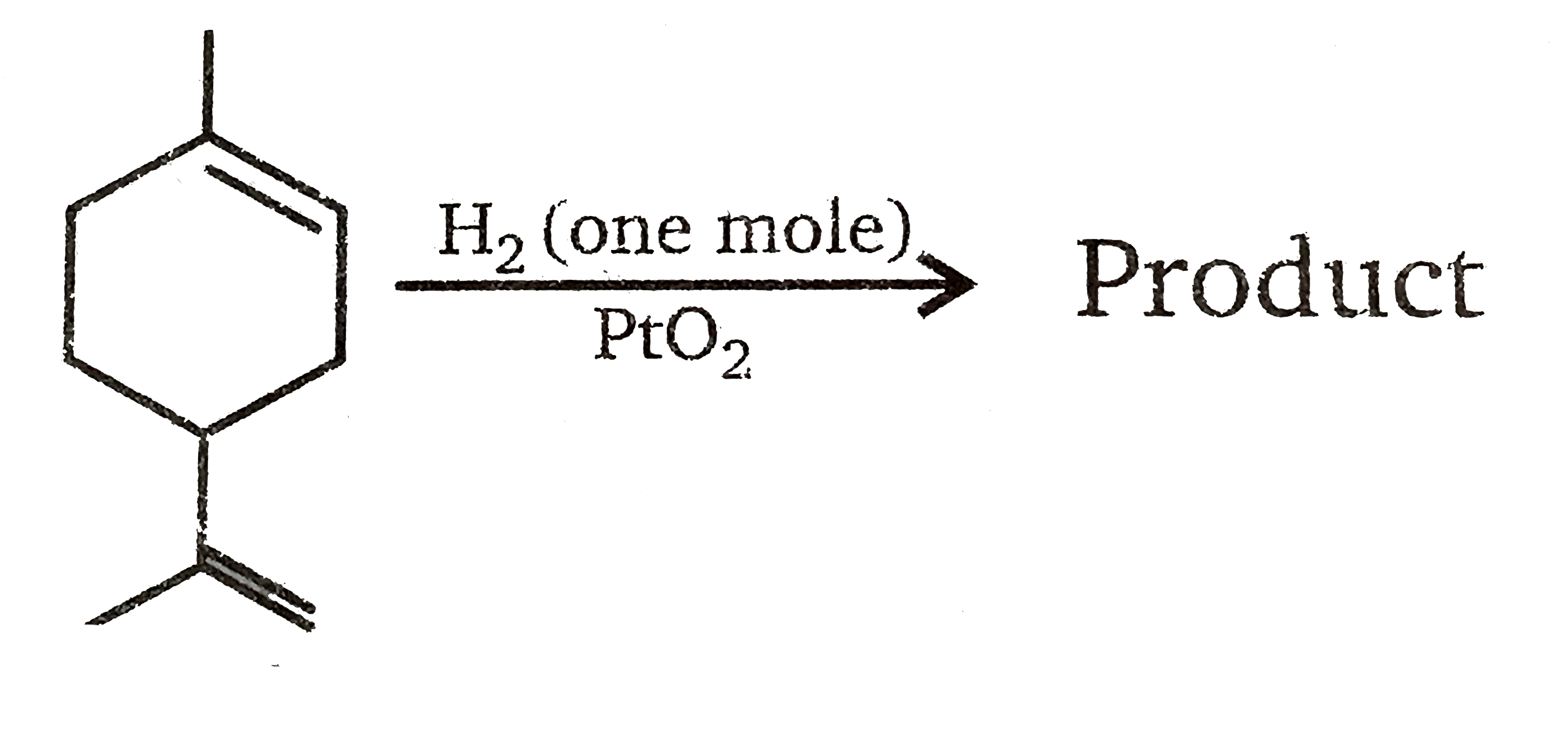
In polyenes that contain differently substituted (C=C) double bonds, it is possible to hydrogenate chemeselectively on (C=C) double bond. Product is:A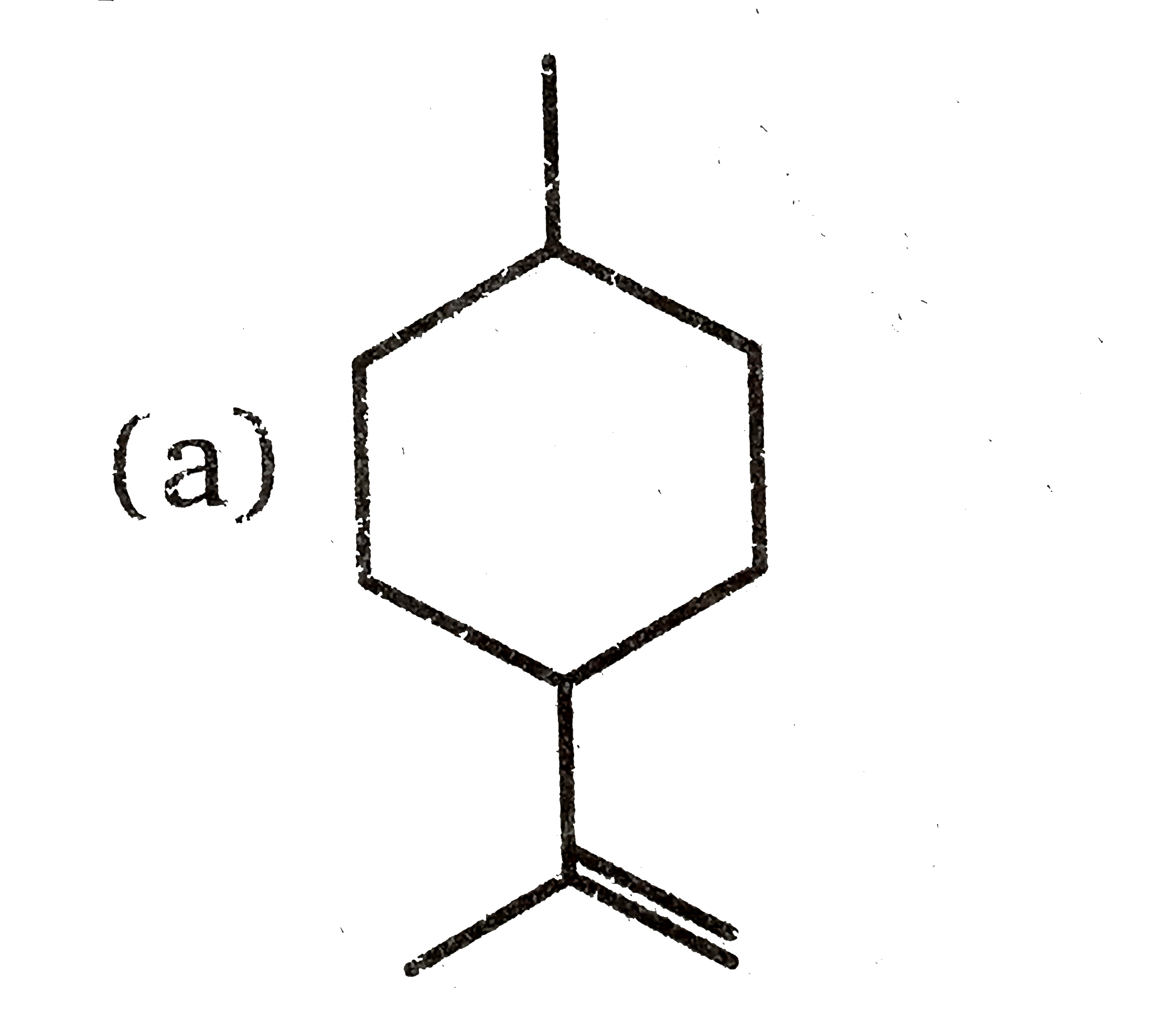 B
B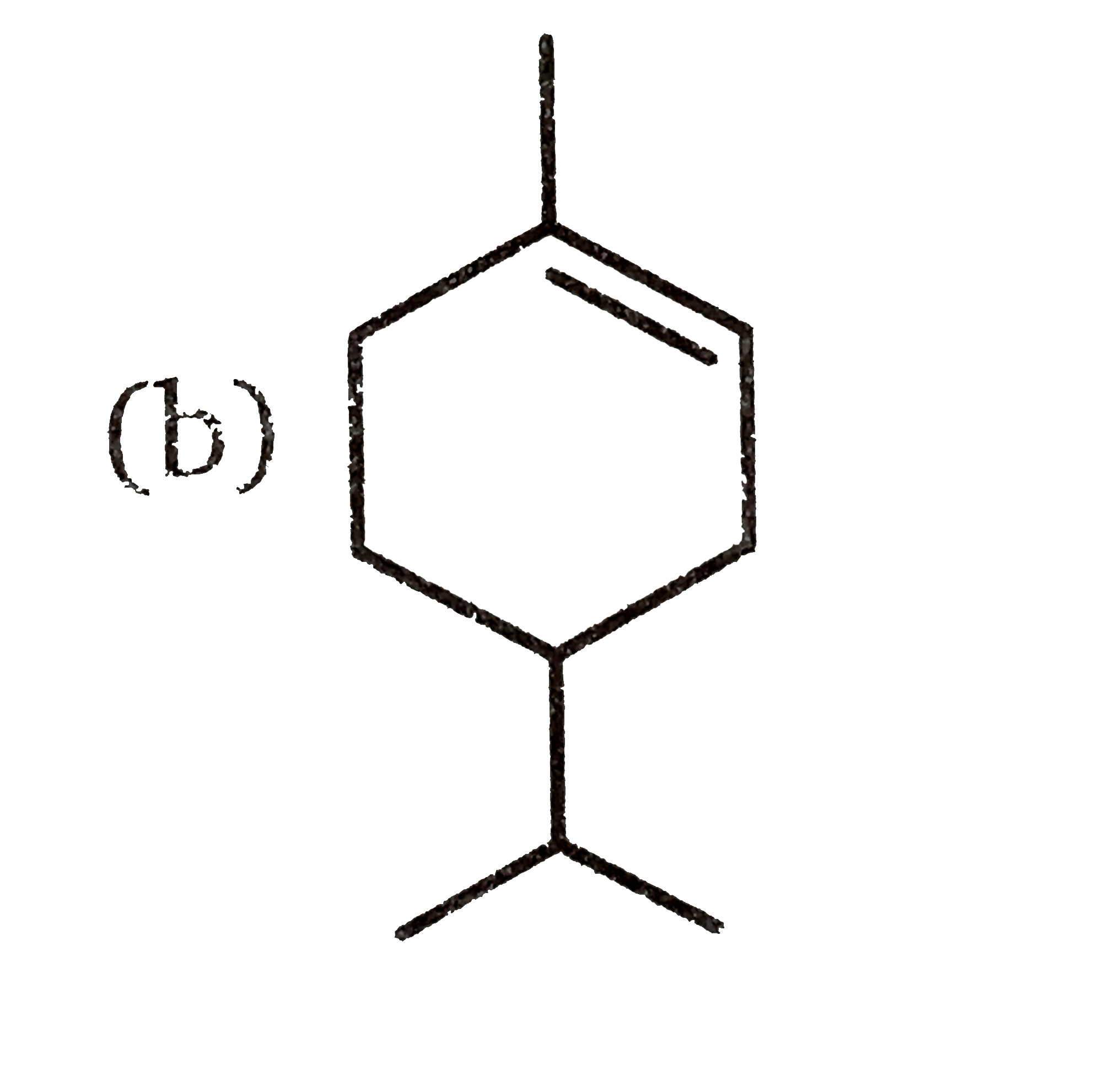 C
C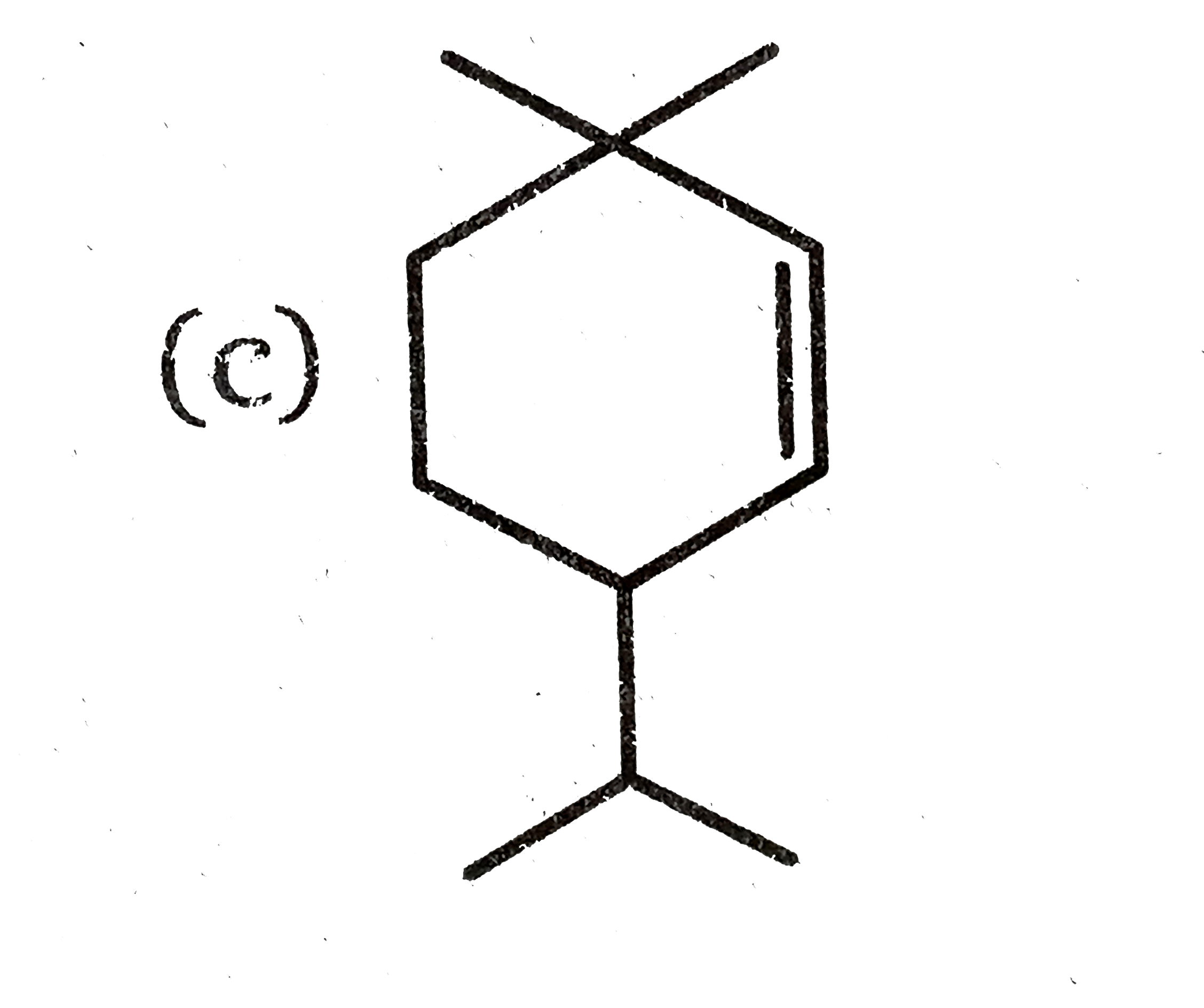 D
D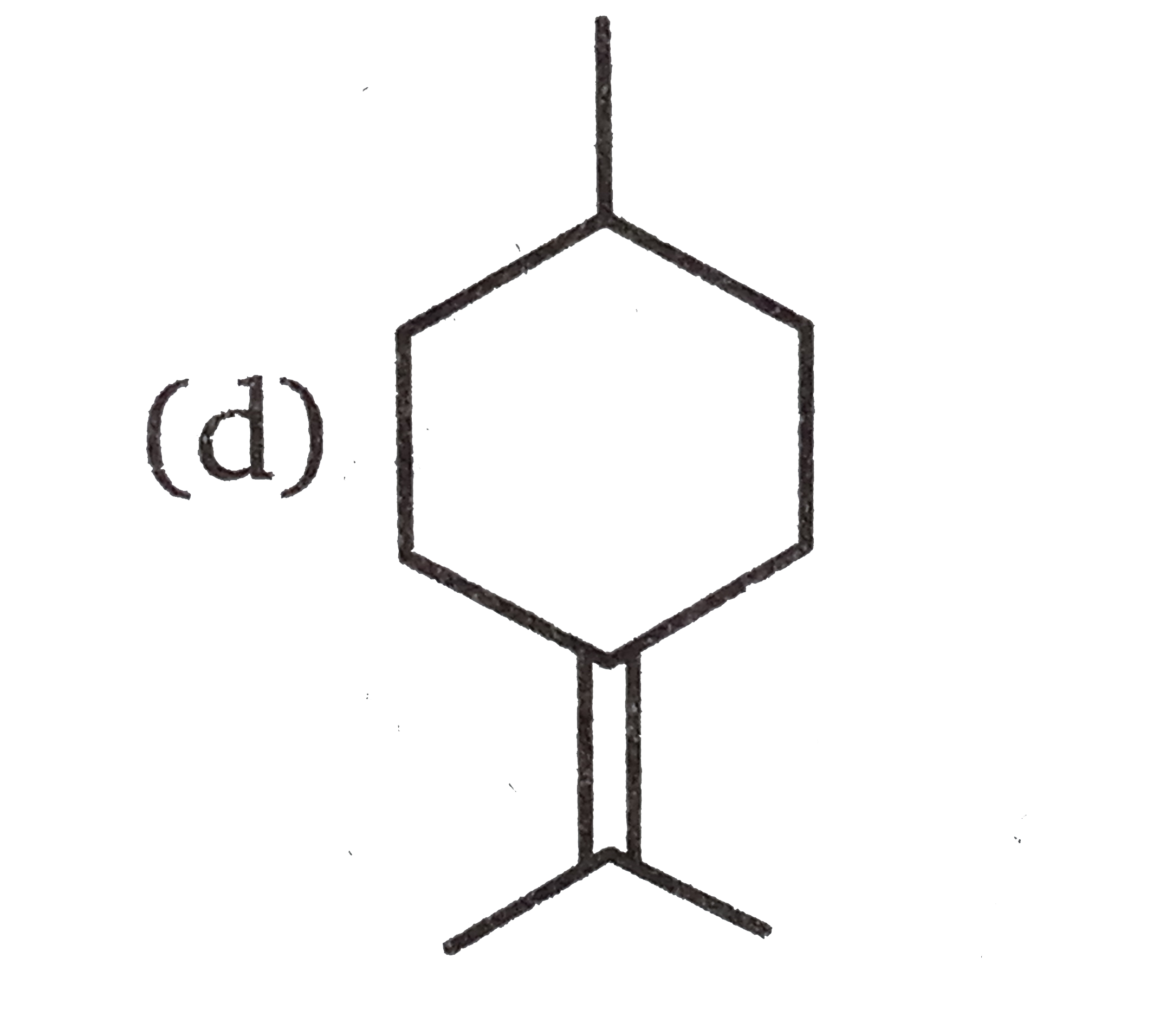
- Question 2 - Select One or More
A new C-C bond formation is possible in :
AAldol condensationBFriedel-Crafts alkylationCClemmensenDReimer-Tiemann reaction - Question 3 - Select One or More
A new C-C bond formation is possible in:
AAldol condensationBFriedel-Crafts alkylationCClemmensen reductionDReimer Tiemann reaction
Benzene ring has alternate single and double bonds, yet all the C−C bonds are of equal lengths. Why?
View SolutionIf a molecule Y contains two C = C double bonds, then how many moles of H2 are required for complete hydrogenation of one mole of Y?
View SolutionC-Cl bond has partial double bondcharacter in
View SolutionC-C' bond length in benzene lies between single and double bond. The reason is
View SolutionC-C' bond length in benzene lies between single and double bond. The reason is
View Solution

